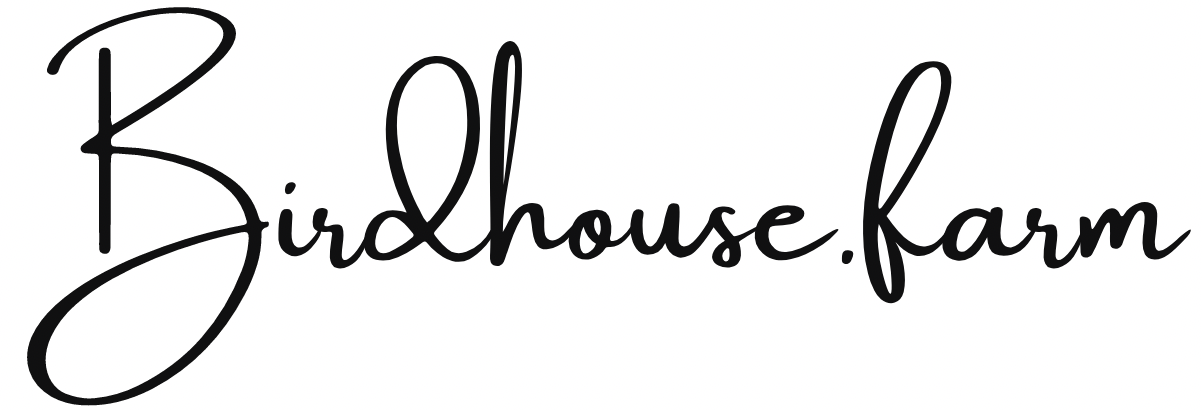Part VII: Lawn to Garden Success Stories
In a move to promote biodiversity, Minnesota has opted to incentivize residents for replacing turf grass, paying them to transform lawns into pollinator-friendly environments.
Nevada will ban the watering of decorative grass on medians, in apartment complexes, along streets, and on other properties beginning in 2027. The state also provides a rebate of $3 for every square foot of turf grass that is replaced by native desert plants.
California has also opted to prohibit businesses from watering purely decorative grass, beginning with government properties in 2027 and adding other commercial, institutional, and industrial properties in 2028.
In Denver, four large grass medians are being transformed from thirsty Kentucky bluegrass that used nine million gallons of water per year to native prairie grass, which will require considerably less. Many other Colorado towns and cities are following suit and replacing nonfunctional turf grass with wildflowers and native grasses.
In Broomfield, a Denver suburb, the city council recently passed stiff turf restrictions that allow only 30% or less of turf on the front and side yards of new homes and commercial buildings.
Fed up with their homeowners association's overreach in advising that their garden of native plants was a violation of the HOA bylaws, a Maryland couple decided to take the HOA to court. A state legislator then presented a bill banning HOAs from prohibiting pollinator plants, and the bill became state law in 2021.
Follow the Birdhouse.farm Research blog for more in this 9 part guest series from Nancy Vaughan.

